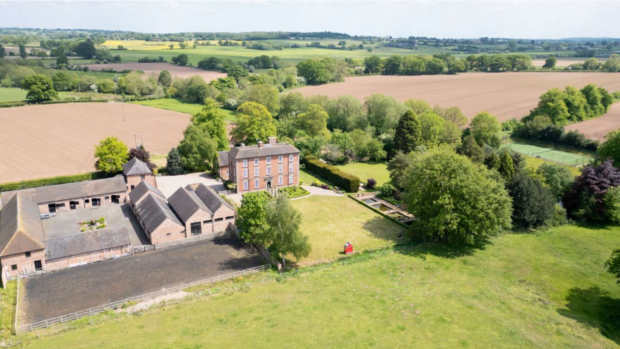Reading Jilly Cooper novels, you’d think estate agents should be able to spot the dashing, stylish, jet-setting owners of a polo property at first glance.
John Little, of Hamptons International, laughs as he shatters the myth: “They don’t really look any different from other buyers. Some of them are incredibly scruffy — although some are very stylish.”
If anything, the polo players’ accent is more of a giveaway than their appearance. The market is a highly international affair and the few polo-specific properties that crop up in Britain every year are likely to fall into foreign hands. Which is why properties situated close to international airports are especially prized, according to Little.
Heathrow and Gatwick lie almost at the heart of polo country. The geography of stick-and-ball properties runs from Gloucestershire through to Berkshire and the M4 corridor down to Sussex, according to William Duckworth-Chad of Savills.
Patrons at every level usually prefer to live close to their club and, since most polo clubs are situated in the south of England, a base in the Home Counties is a must.
“The area is close to London and therefore accessible to polo clubs in the South,” says Georgia Bird, who works at Savills country department and plays polo herself. “Sometimes, they’ll have two games in one day. They send one truck to Cowdray, one to Cirencester and fly between the two.”
Level of play and experience shape the requirements of a polo buyer. According to George Andrews of Churchill Country & Equestrian, low- to medium-goal patrons with a few ponies can make do with a stick-and-ball field, enough land to turn the ponies out, adequate stabling, a groom’s cottage and, preferably, an exercise track.
“An old dairy farm makes a good entry-level property. It should be flat, well-drained and will have good buildings,” says Robert Fanshawe of Knight Frank. “Must-haves include flat ground, at least five acres to stick-and-ball on and a barn for stables. Polo ponies don’t need palaces, but they should have the same accommodation as any competition horse.”
Having plenty of land is a must, and this need increases for high-goal patrons.
“Some may have five or six pitches, stabling for hundreds of ponies and lots of land,” says Bird. “Essentially, the more acres the better.”
Beyond its size, the land should have some sloping areas to ensure good drainage, and plenty of flat land for practice areas.
“The ultimate question is the quality of the ground,” says Fanshawe. “To play polo you need free-draining sandy or downland soils, or the ground won’t take it.”
While the size and quality of the facilities and, up to a degree, the choice of location directly depend on the sporting calibre of each player, residential needs vary hugely within and across goal groups.
Patrons whose main residence is in London or abroad may have fairly relaxed views over what their polo home should be like, and may prefer to invest a little bit more on the yard.
“In some cases, high-goal patrons look at a modest house because that’s where their staff would be living,” explains Little.
This variability makes it very hard to price polo homes — especially considering that only a handful of them exchange hands every year.
“It’s very difficult because [polo properties] aren’t always comparable,” says Duckworth-Chad. “The residential value is going to be there and the facilities can carry substantial value of their own, especially if it’s a property with all the gear and a polo pitch.”
Availability also plays a part because “the not-so-grand properties come up a little bit more often than first-class establishments, some of which are sold privately”.
Although agents are reluctant to name figures, consensus has it that a low-goal polo property is likely to carry a price tag of at least £1m. At higher levels, buyers may end up having to add an extra zero.
|
||
 |
||


 Get up to 19 issues FREE
Get up to 19 issues FREE TO SUBSCRIBE
TO SUBSCRIBE 


